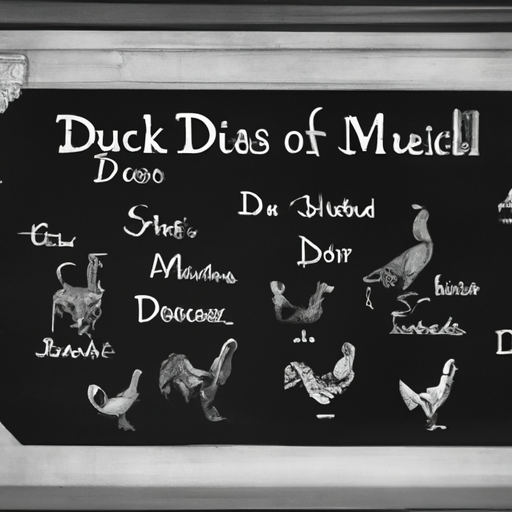Introduction
You’re a caregiver, a nurturer, and perhaps, you’re even a lover of nature and its fascinating creatures. Whether you’re in charge of a farm, a pet shop, or you simply have a home full of pets, knowing the correct names of male animals is not just educational but also essential. It helps you understand the gender roles in the animal kingdom and how they relate to their behavior, life cycle, and even the way you care for them. So, let’s dive into the world of male animal names together, shall we?
Mammals
Mammals are a group of animals with diverse characteristics but are primarily characterized by their ability to nurse their young ones with milk. Here are some common male mammal names:
-
Dog: Male dogs are often referred to as Dogs, but they are also known as Sires when they become fathers.
-
Cat: A male cat is commonly known as a Tom or Tomcat.
-
Horse: Male horses are called Stallions, while a castrated male horse is known as a Gelding.
These are just a few examples. Here is a more comprehensive list:
| Animal | Male |
|---|---|
| Cow | Bull |
| Deer | Buck |
| Goat | Billy |
| Sheep | Ram |
| Pig | Boar |
Birds
Birds are a group of warm-blooded vertebrates constituting the class Aves. Here are some common male bird names:
-
Chicken: A male chicken is called a Rooster or Cock.
-
Duck: Male ducks are referred to as Drakes.
-
Peacock: The male is the actual ‘Peacock’. The female is a ‘Peahen’, and together they are called ‘Peafowl’.
Here is a list of some other male bird names:
| Animal | Male |
|---|---|
| Goose | Gander |
| Hawk | Tiercel |
| Pigeon | Cock |
| Swan | Cob |
Reptiles and Amphibians
Reptiles and Amphibians are cold-blooded animals, and often, their males and females are not differentiated by special names. However, there are exceptions like:
-
Frog: Male frogs are simply referred to as Male Frogs.
-
Crocodile: Male crocodiles don’t have a specific name and are often called Male Crocodiles.
Fish
Just like in the case of reptiles and amphibians, male fish are often simply referred to as Male Fish. However, some aquarium enthusiasts like to give their male fish unique names, especially when they become breeders.
Insects
Insects have the most species of any group of animals. The males are often distinguished by their size or physical characteristics rather than a specific name. For example, in bees, males are called Drones, which are significantly smaller and have no stinger.
Endangered Species
As a caregiver, you might also be interested in the male names of some endangered species:
-
Panda: A male Panda is often referred to as a Boar.
-
Elephant: Male elephants are called Bulls.
-
Rhino: Male rhinos are also called Bulls.
It’s essential to be aware of these majestic creatures as they need our care and protection the most.
FAQ
Q: Why do some animals not have specific male names?
A: In many species, especially cold-blooded animals like fish and reptiles, males and females often have similar physical characteristics. Thus, there’s no need for a distinct name to differentiate the males.
Q: Why are male bees called Drones?
A: The term ‘Drone’ refers to the male bee’s primary function, which is to mate with the queen. They do not have stingers and do not participate in nectar and pollen collection.
Q: What’s the difference between a Bull and a Buck?
A: A ‘Bull’ is a term used for the male of some large species like elephants, rhinos, and cows. A ‘Buck’, on the other hand, is used for the male of some smaller species like deer, rabbits, and kangaroos.
Q: Are male and female animals always visually different?
A: Not always. While some species show significant physical differences between males and females (known as sexual dimorphism), others do not. For instance, male lions have manes, while females don’t. But in species like dolphins, males and females look almost identical to the untrained eye.
In conclusion, knowing the correct names for male animals promotes accurate communication about these creatures. Whether you’re caring for them directly or educating others about them, this knowledge is invaluable. So, keep learning, keep caring, and keep sharing your knowledge with others.



